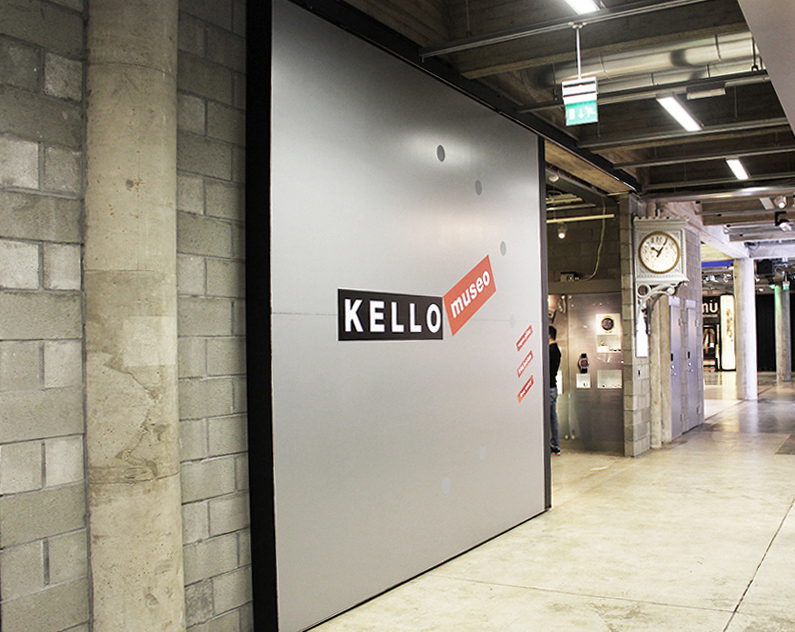Comparing Different Types of Sliding Door Hardware

Sliding doors have become a popular choice for both residential and commercial spaces due to their space-saving design and modern aesthetic. However, the functionality and longevity of these doors largely depend on the quality and type of sliding door hardware used. In this article, we will delve into the various types of sliding door hardware, providing a comprehensive comparison to help you make an informed decision.
Types of Sliding Door Tracks
Sliding door tracks are the backbone of any sliding door system. They guide the door’s movement and bear the weight of the door. There are several types of sliding door tracks, each designed for specific applications and weight capacities. For instance, Helaform offers a range of sliding door tracks suitable for different environments, from light interior doors to heavy industrial doors.
Interior sliding door tracks are typically lighter and designed for aesthetic appeal. They are often made from materials like aluminum or lightweight steel. On the other hand, industrial sliding door tracks are built to withstand heavy loads and are usually made from robust materials like reinforced steel. These tracks can support doors weighing up to 2000 kg, making them ideal for warehouses and large commercial spaces.
Hangers: The Unsung Heroes
Hangers play a crucial role in the smooth operation of sliding doors. They are responsible for holding the door and allowing it to glide along the track. The type of hanger you choose can significantly impact the door’s performance and durability. Helaform’s hangers are designed to cater to various door weights and applications, ensuring a seamless sliding experience.
For lighter doors, such as those used in residential settings, smaller hangers with lower weight capacities are sufficient. These hangers are often equipped with ball bearings to ensure smooth and quiet operation. In contrast, industrial settings require heavy-duty hangers that can support substantial weights. These hangers are designed to handle the rigors of frequent use and heavy loads, ensuring longevity and reliability.
Fixing Plates and Brackets
Fixing plates and brackets are essential components that secure the sliding door track to the wall or ceiling. The choice of fixing plates and brackets depends on the door’s weight and the structural integrity of the installation surface. Helaform offers a variety of fixing options to accommodate different installation requirements.
For interior sliding doors, lightweight brackets and fixing plates are often sufficient. These components are designed to be discreet, maintaining the door’s aesthetic appeal. In contrast, industrial sliding doors require robust brackets and fixing plates that can support the door’s weight and withstand the stresses of frequent use. These components are typically made from heavy-duty materials like reinforced steel to ensure stability and safety.
Bottom Guides and Stops
Bottom guides and stops are crucial for maintaining the alignment and stability of sliding doors. Bottom guides prevent the door from swinging or wobbling, ensuring smooth and controlled movement. Stops, on the other hand, prevent the door from sliding off the track, providing an added layer of safety.
Helaform’s bottom guides and stops are designed to cater to various door types and applications. For lighter doors, simple bottom guides made from plastic or lightweight metal are often sufficient. However, for heavier doors, more robust bottom guides made from reinforced materials are necessary to ensure stability and prevent damage to the door or track.
Special Features and Customizations
In addition to the standard components, many sliding door systems offer special features and customizations to enhance functionality and aesthetics. For instance, soft-close mechanisms can be added to prevent the door from slamming shut, providing a quieter and more controlled operation. Helaform offers a range of customizations to meet the specific needs of different applications.
Other customizations include decorative covers for the sliding track, which can enhance the door’s appearance and blend seamlessly with the surrounding decor. Additionally, specialized hangers and tracks can be designed to accommodate unique door shapes and sizes, ensuring a perfect fit for any application.
Conclusion
Choosing the right sliding door hardware is essential for ensuring the functionality, durability, and aesthetic appeal of your sliding door system. By understanding the different types of sliding door tracks, rollers, fixing plates, brackets, bottom guides, and special features, you can make an informed decision that meets your specific needs.
At Helaform, we are committed to providing high-quality sliding door hardware that caters to a wide range of applications. Whether you are looking for a solution for a residential interior door or a heavy-duty industrial door, our extensive range of products ensures that you will find the perfect fit for your project. For more information and detailed installation instructions, visit our website or contact us directly.